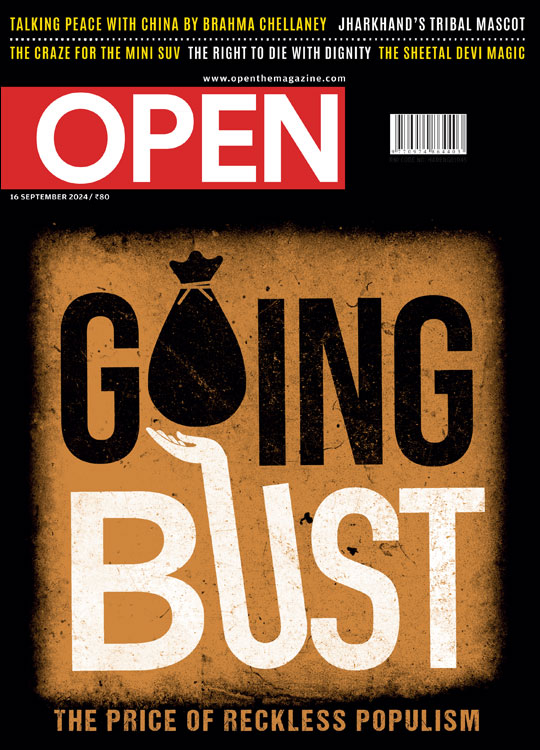
Trump tariff to slow India’s auto component exports
Increased tariffs on auto component exports to the US could slow the industry’s momentum as North America accounts for a third of the country’s total automobile parts exports.
According to the India Electronics and Semiconductor Association (IESA), the auto component sector faces higher risks due to 25% auto tariffs.
The Automotive Component Manufacturers Association of India (ACMA) also took note of the recent executive order signed by US President Donald Trump on April 2, 2025, as part of the “Liberation Day” initiative.
“We understand the intent of the U.S. administration to boost domestic manufacturing and address trade imbalances. It is to be noted that autos and auto parts and steel & aluminium articles, already subject to Section 232 tariffs at 25%, announced earlier in President Trump’s order on March 26, 2025, are not covered in the aforementioned order,” said ACMA.
The detailed list of auto components that will be subject to 25% import tariff in the US is however awaited, it added.
“ACMA remains hopeful that the ongoing bilateral negotiations between the Indian and U.S. governments will lead to a balanced resolution that benefits both economies. We believe that the strong trade relationship between India and the United States, especially in the auto components sector, will encourage continued dialogue to mitigate the impacts of these measures. ACMA is committed to engaging with all stakeholders to ensure the long-term interests of the Indian auto component industry,” said Shradha Suri Marwah, President ACMA and CMD Subros.
India exported $2.2 billion worth of auto parts to the U.S. in 2024, comprising 29.1% of its global auto part exports, according to New Delhi-based think tank Global Trade Research Initiative (GTRI). The U.S. imported $89 billion worth of auto parts globally last year, with Mexico accounting for $36 billion, China for $10.1 billion, and India for just $2.2 billion. Since the 25% tariffs apply across the board, all exporting countries face the same hurdle, said GTRI.
India’s auto component industry may even find an opening, thanks to its competitive advantage in labour-intensive manufacturing and competitive India’s import tariff structures (ranging from 0% to 7.5%), India could increase its market share in the U.S. over time, said GTRI. “Rather than retaliating, the Indian government should view the tariff move as a neutral—or even mildly advantageous—event in the long term,” it explained.
“With minimal direct exposure in most categories and potential upside in auto parts, there is little reason for India to counteract. Strategic patience may prove more rewarding than reciprocal,” said GTRI.


Leave a Comment